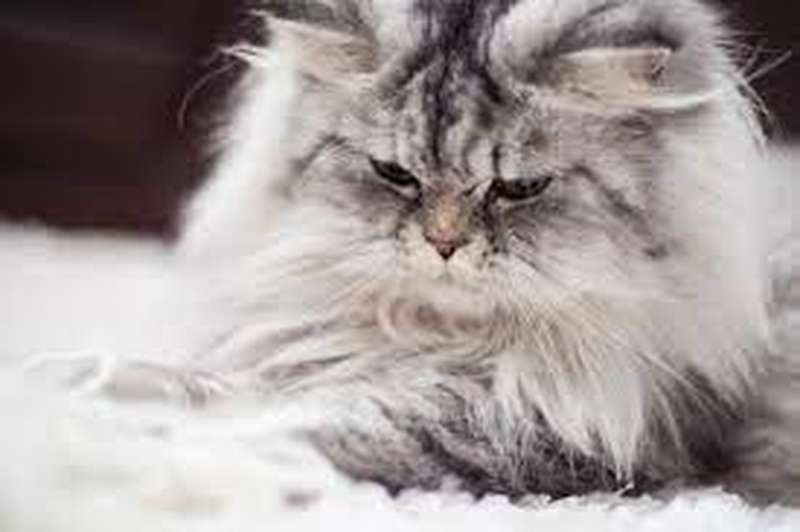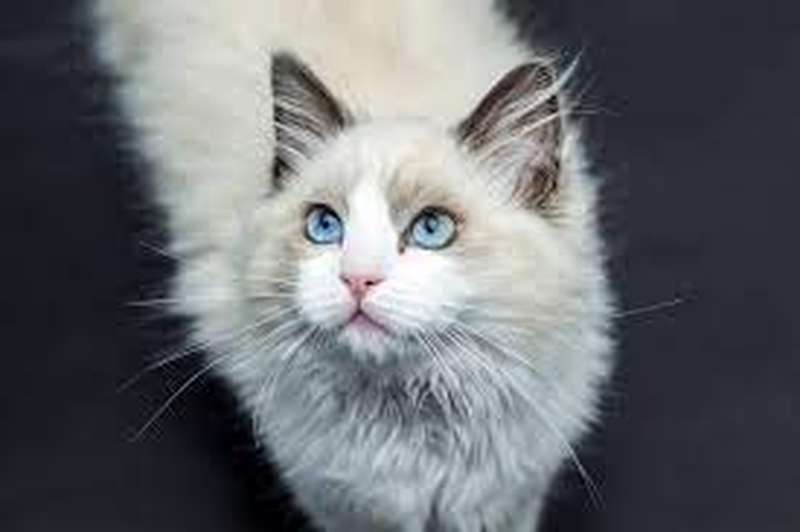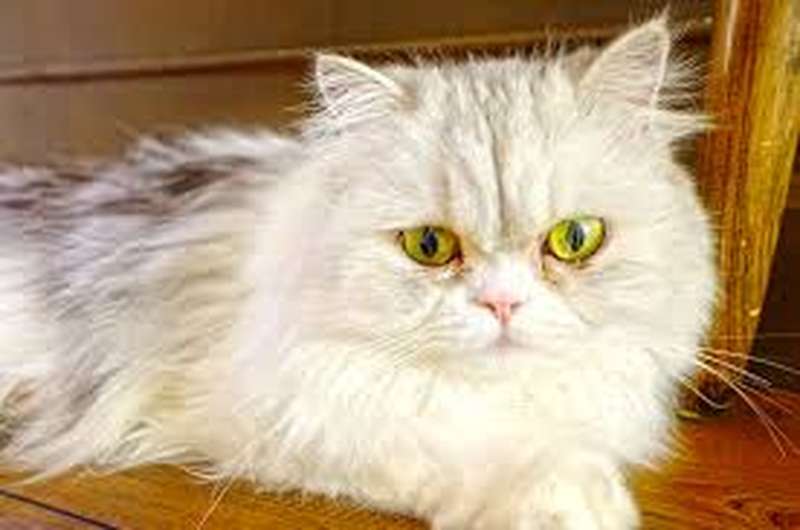The Persian is the most fashionable cat in the globe. The combination of his gorgeous, flowing coat, adorable face, and calm disposition have made him the most popular cat breed. His high maintenance and health issues are overshadowed by his attractiveness and charisma, according to many.
History
Persian cats, being one of the oldest cat breeds, have a lineage that can be traced back to the 1600s.

Although there is uncertainty regarding their exact origin, it is widely believed that Persian cats originated in Mesopotamia, which was later known as Persia and is now present-day Iran.
According to historical accounts, it is believed that European explorers in the 17th century played a role in smuggling them out of Persia.
The Middle Eastern cat has garnered favor from esteemed individuals, including Queen Victoria and notable historical figures like Florence Nightingale.
In the Austin Powers flicks, they played Mr. Bigglesworth and served as Blofeld’s furry companion. Additionally, they have appeared on television.
The latter character, however, is supposed to have lost his hair for comedic effect and was represented by a Sphynx cat for the remainder of the story.
About Persian Cats
The Persian cat is widely recognized as the most popular pedigreed cat in North America and possibly even worldwide.
He became popular during the Victorian era, but he had already existed for a long time prior to that. However, his early history remains largely unknown.
There are two types of Persian cats: show and traditional. The Persian cat has a round head that is accentuated by a thick ruff.
It also has small ears, a flat nose, and big round copper eyes. Its body is broad and short, with heavy boning, and it stands on short, sturdy legs that resemble tree trunks.
Additionally, the Persian cat has a thick, flowing plume of a tail. The traditional Persian, also referred to as the Doll Face, differs from the show Persian in that it lacks exaggerated features. Its nose is of a regular length, contributing to its sweet expression.

Both types of cats have long and glamorous coats available in various colors and patterns. Additionally, two kinds of cats possess a delightful and charming personality.
The Persian cat’s sweet and gentle face naturally turns to gaze at its favorite people, much like a pansy flower turns its face towards the sun.
He effectively communicates through his expressive eyes and his gentle, melodious voice. The Persian cat is known for its calm and easygoing nature, making it the perfect lap cat.
He has a fondness for cuddling, but he also possesses a playful and inquisitive nature. He does not engage in jumping or climbing activities; instead, he gracefully poses on a chair or sofa or enjoys playing with his beloved feather toy.
Persians generally prefer a calm and predictable environment. However, they can also adapt to a lively and noisy family setting as long as their needs are acknowledged and fulfilled.
The Persian temperament and personality
Persians are known for their gentle and quiet nature, preferring a calm and peaceful environment. They particularly appreciate being treated with kindness by their human companions.
They don’t like to scale the heights of your bookcase or fireplace mantle like more active cats do. Instead, they love to lounge on a sofa. The Persian cat is accepting of children as long as they are happy to gently pet him and do not pull him around or try to dress him up.
However, the Persian cat can also be a delightful addition to a little girl’s tea party. It will gracefully play with a peacock feather before elegantly returning to its sofa, striking a beautiful pose.
It is essential to ensure that children treat this cat with the gentle respect he deserves.
The Persian cat may greet you with a gentle meow, but in most cases, he relies on his expressive eyes to communicate. He is comfortable with solitude, but having you around always brings him joy.

When you go on a trip, it is often preferable to have a pet sitter come and care for your pet in their familiar surroundings rather than boarding them in an unfamiliar place.
Caring for a Persian cat
Persians, like all cats, require a nutritious diet, regular exercise, and ample affection. Additionally, they require some extra care and attention when it comes to grooming. Here are some tips to keep your Persian cat’s coat healthy and reduce the amount of hair in your home.
Oh, Those Hair!
It’s beautiful to look at and feel, but all that hair can make your home untidy if you don’t keep up with it.
Invest in a robust Hoover for your floors, a few lint brushes for your clothing, and a quality pet brush for your feline friend if you adopt a Persian cat. Daily shampooing or combing can help to reduce shedding.
In addition, Persian cats require regular shampooing and grooming roughly every six weeks. Some Persian cat owners have their cats’ hair trimmed extremely short in a style known as a lion trim.
It is a personal preference, but it can be charming and help you keep your home cleaner.
All of that hair can also accumulate grime and trash. It is beneficial to trim the fur around the feet and tail of your Persian cat to keep them clean.
In addition, it is helpful to scoop out the litter box once or twice per day and remove it entirely every two to four weeks.
Persian cats are notoriously particular about their litter receptacles and may stop using them if they become soiled.
Please keep the activity indoors only.
It is recommended by our strategic partner, The American Society for the Prevention of Cruelty to Animals (ASPCA), that all cats should be kept indoors.
This practice helps protect animals from contracting parasites such as heartworms, catching contagious diseases, and getting injured by other animals.
Persians, in particular, are known for their peaceful nature and may be vulnerable in a confrontation with another animal.
Additionally, their long hair has the tendency to accumulate dirt, leaves, and small twigs.
Here are some quick tips about Persian cats
Here are some additional tips to help you maintain the optimal health of your Persian cat:
- Persian cats are prone to excessive tearing, which can lead to unsightly staining. To prevent the formation of black or brown streaks, it is important to gently wipe under their eyes daily using a cotton ball or soft cloth.
- It is important for all cats to receive annual check-ups. Regular check-ups with your veterinarian can aid in the early detection of health issues, making them easier to treat.
- Make sure to brush your pet’s teeth on a regular basis, and remember to schedule an annual cleaning at your veterinarian’s office. Poor dental health can have serious consequences, such as infections that may impact the heart.
- To help your cat stay active and prevent boredom, it’s a good idea to provide them with interactive toys. These toys can engage your cat’s natural instincts and encourage them to exercise. Persians are known for their relaxed nature, but providing them with a small amount of catnip or a toy filled with catnip can help encourage them to be more active.
- Is your Persian cat scratching the furniture? Please ensure that you have a safe and durable scratching post in place. Spray the bar with some liquid catnip, which you can purchase from a nearby pet store or online if your cat isn’t interested in the object.
Top Ten Persian Cat Disease Claims
The lifespan of a Persian cat typically ranges from 15 to 20 years. However, like any other pet, they can also experience various health issues. The following list comprises the top 10 illness claims that ASPCA Pet Health Insurance customers with Persian cats commonly submit:
- Eye conditions
Persian cats are known to be susceptible to certain eye conditions, such as cherry eye and entropion. Cherry eye refers to the prolapse of the third eyelid gland, while entropion is a condition where the eyelashes turn inward as they grow.
- Weight reduction
- Vomiting
- Lameness
- Respiratory tract infection
- Stomach troubles
- Respiratory difficulties; the shape of their nostrils may restrict their airflow.
- Pancreatitis
- Growth/Cancer
- Lack of hunger
Persian cats are susceptible to developing polycystic kidney disease, a condition characterized by the formation of cysts in the kidneys.
This condition is a serious one that has the potential to result in kidney failure. Regular check-ups for your cat at the veterinarian are crucial to detect any potential issues early on.
Consider adopting a cat from a Persian rescue or a shelter.
Acquiring a Persian does not necessarily mean that you have to rely solely on a breeder. Persian kittens are extremely uncommon to locate in shelters and rescue facilities, but adult Persians—both pedigreed and mixed—are not as fortunate.
Due to circumstances beyond their control, they may find themselves in shelters or rescue groups. To find the perfect Persian cat for your family, consider reaching out to Persian Cat breed rescue groups or checking local shelters.
Additionally, websites like Petfinder or Adopt-a-Pet.com often have listings that can help you search. To learn more about Petfinder, Petfinder’s cost, and its working, you can check out our article on Petfinder and its cost.
Ensure you and the seller, shelter, or rescue organization have a solid contract outlining expectations on both sides. Make sure you and the person from whom you purchase the cat are both aware of your rights and options in jurisdictions with “pet lemon laws.”
Kitten or adult, take your Persian to your veterinarian soon after adoption. Your veterinarian will be able to spot problems and work with you to set up a preventive regimen to help you avoid many health issues.